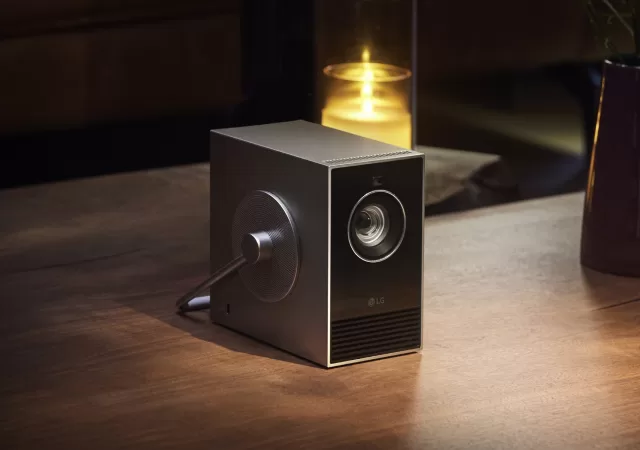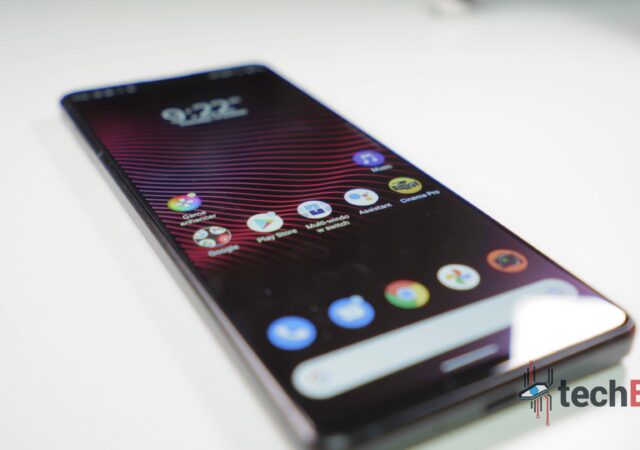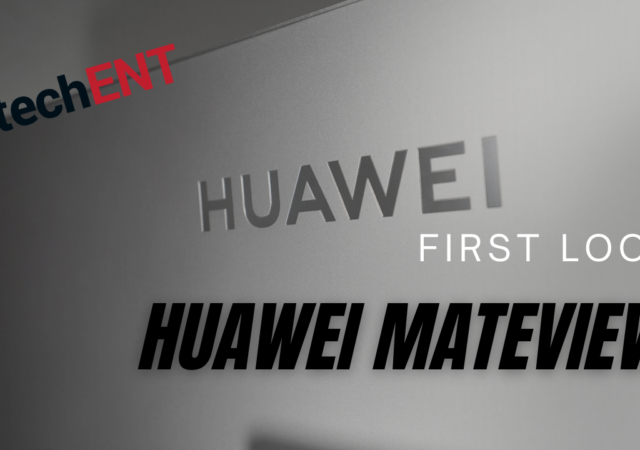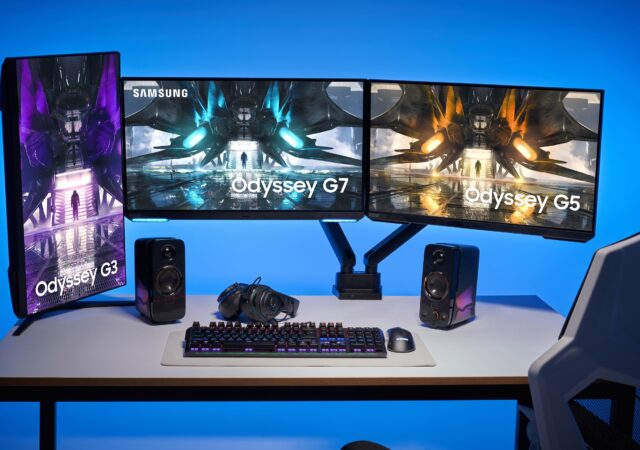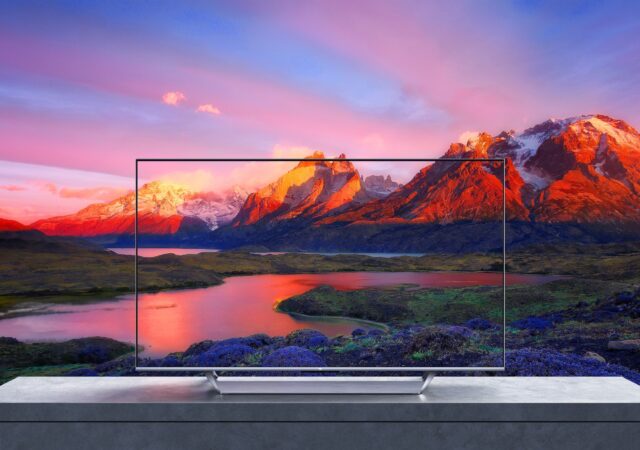Discover the LG CineBeam Qube 4K, a stylish projector designed to blend in any decor and project high-quality video. 4K UHD resolution and only 1.49kg weight!
Sony Xperia 1 III In-Depth Review – A Niche Smartphone for Content Creators
The Sony Xperia 1 III is Sony’s latest and most premium flagship so far. Is it worth MYR 5,799 though with the Xperia Pro-I around?
First Look at the HUAWEI MateView – 4K DCI-P3 Goodness in a Tight Package; Yes!
HUAWEI launches their premium 4K+ UHD display, the HUAWEI MateView. The new 28.2-inch HDR display also boasts 98% DCI-P3 colours at MYR 2,988
Samsung Flattens the Curve in Odyssey Gaming Monitor Lineup
Samsung’s Odyssey Gaming Monitor lineup has been the talk of the town since it debuted last year. Last year, the company introduced two models which stole the limelight with their curves. This year, it looks like Samsung’s Odyssey Gaming Monitors…
Xiaomi Launches Premium Mi TVs in Malaysia!
Xiaomi bring their Mi TV P1 and Mi TV Q1 into Malaysia. The new Mi TV Q1 offers 4K UHD Dolby Vision and HDR10+ experience at 120Hz.



